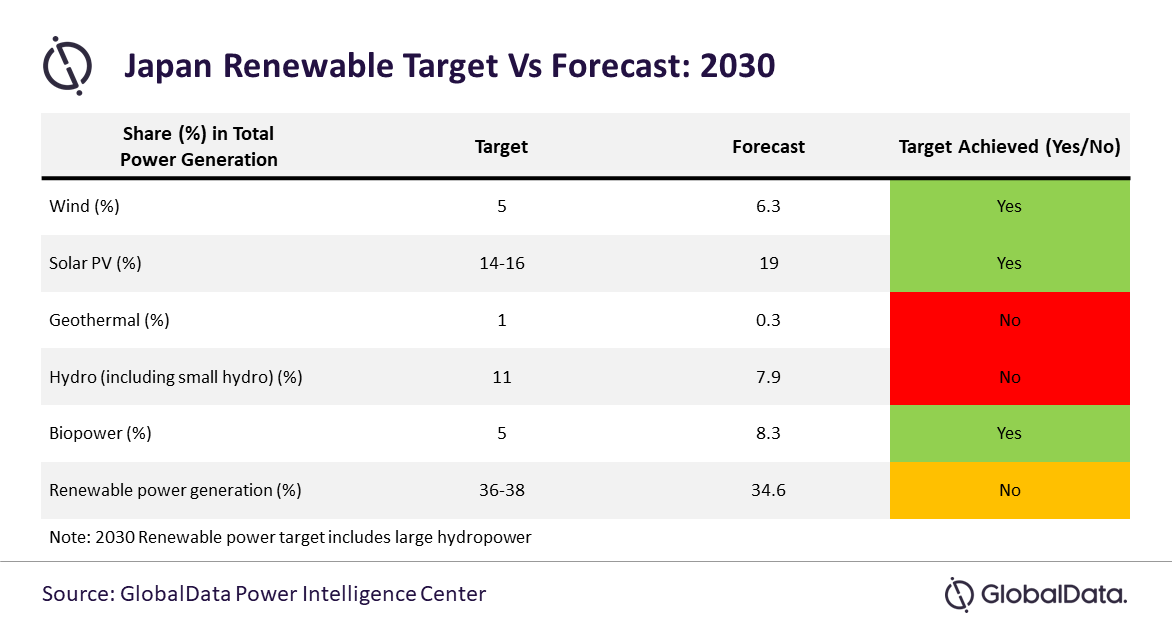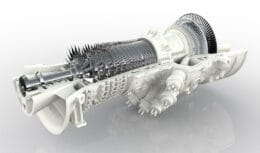
With the nuclear void left by the Fukushima nuclear power plant, Japan has been studying ways to change its energy matrix and reduce its dependence on coal and oil. This is a way found by the government to make the environment more sustainable and cover its expressive population growth associated with the lack of space to build power plants on land.
According to data revealed by Energy Global, it is estimated that Japan will manage to have at least 36% of its energy matrix turned to renewable energies, such as wind and solar, one of the focuses of the island being the offshore environment (power plants on the high seas), that will make it possible to spread several plants without being on land. To the offshore power plants are a way of meet the high energy demand without occupying a space which could be used for the construction of buildings for the population and companies.
Global Data states that the global generation mix will be 34% by the year 2030 for renewable energy, with it being focused on the use of hydrogen, solar and wind. It is not just Japan that has been investing massively in this transition, but also other countries: the United States has recently developed a solar panel withAble to be added to apartment windows because it is transparent. Therefore, it would not need to occupy land and roof space.
Meanwhile, a Mexican startup would also have developed a project to create algae solar panels. It would work as follows: the algae receive sunlight and react to form their own food through photosynthesis. Photosynthesis releases heat. The heat would be used by homes when converted. Another advantage of this panel is that the algae manage to capture carbon dioxide from the environment, releasing O2, used by human beings in their breathing process and can “de-emphasize” the greenhouse effect.
Sixth Strategic Energy Plan for use of solar and wind energy was launched by Japan in 2021
In October 2021, Japan launched a strategic plan that would address how it would transition to the use of renewable sources through offshore solar and wind energy, that is, off the coast due to lack of space.
However, a report released by the 'Japan Power Market Size, Trends, Regulations, Competitive Landscape, and Forecast, 2022 – 2035' shows that the country has been facing specific difficulties to carry out this transition, such as the increase in panel prices and the lack of highly productive technology to meet the demands of its large population. In addition, several concessionaires operating in the country have high connection rates, which makes the transition process difficult. It is estimated that, just to start the most massive investments, they had to waste more than 4 years with regulatory processes.

Saibasan concludes in his analysis: “Offshore wind power is an option, and the country is also experimenting with floating solar power. These features were expensive but are now more cost effective with improvements in technology. Once again, Japan's efforts to implement a public bidding system to approve new renewable energy projects could take advantage of falling prices for newer technologies."
Read more: Thinner steel plates could be a way to speed up the energy transition
Um study prepared by Origami Solar foresees that the creation of solar panels made with the use of steel can be a way for countries to reduce dependence on aluminum and reduce costs for the energy transition. By using steel from Germany, it is possible to reduce carbon dioxide emissions into the environment by up to 94%.













It must be sold to the Australians, nation…
Much better than playing a lot…
Very interesting, but there is so much invasive propaganda…
I would love to, but being released here the vlr would be…
I doubt it will make 45/lts
I really liked this fair comparison and I was…
It will definitely shake the market and…
It's time to get your hands on...